Ingrown Toe Nail

About
Ingrown toenails, medically known as onychocryptosis, occur when the edge of a toenail curves and grows into the surrounding skin. This can lead to irritation, pain, redness, swelling, and warmth in the affected toe.
While the term “ingrown toenail” is often used, many painful nail conditions do not involve the nail actually growing into the skin but rather irritation caused by improper nail growth or other factors. The condition most commonly affects the big toe, though smaller toes can also be impacted.
Causes
Common causes of ingrown toenails include:
- Improper nail trimming – Cutting nails too short or rounding the edges increases the likelihood of the nail growing into the skin.
- Tight or poorly fitting footwear – Shoes that place excessive pressure on the toes can contribute to the condition.
- Genetics – Some individuals inherit curved or involuted nails that are more prone to becoming ingrown.
- Trauma – Dropping something heavy on the toe, stubbing the toe, or engaging in activities that exert repeated pressure on the toes, such as running or kicking.
Symptoms
Signs of an ingrown toenail include:
- Pain or tenderness along the nail edge.
- Redness, swelling, and warmth in the affected area.
- The presence of fluid or pus, indicating infection.
Diagnosis
A physical examination is usually sufficient to diagnose an ingrown toenail. In some cases, additional evaluation may be necessary if the condition has caused severe infection or complications.
Treatment
Treatment focuses on relieving discomfort, addressing infection, and preventing recurrence. Options include:
- Conservative management – Carefully cutting and removing the portion of the nail causing irritation.
- Proper nail care – Encouraging trimming techniques that prevent the nail from growing into the skin.
- Footwear advice – Recommending properly fitting shoes to reduce pressure on the toes.
For recurring or severe cases, a minor surgical procedure called a Partial Nail Avulsion (PNA) may be performed under local anesthetic. This procedure involves removing a portion of the affected nail to prevent future issues.
Those with underlying health conditions, such as diabetes or poor circulation, should seek prompt medical attention, as complications from infections can pose serious risks.
Do you want to know more about this procedure?
Learn how Ingrown Toe Nail is performed, some of the risks, and other frequently asked questions.
Go to Procedure Details

































